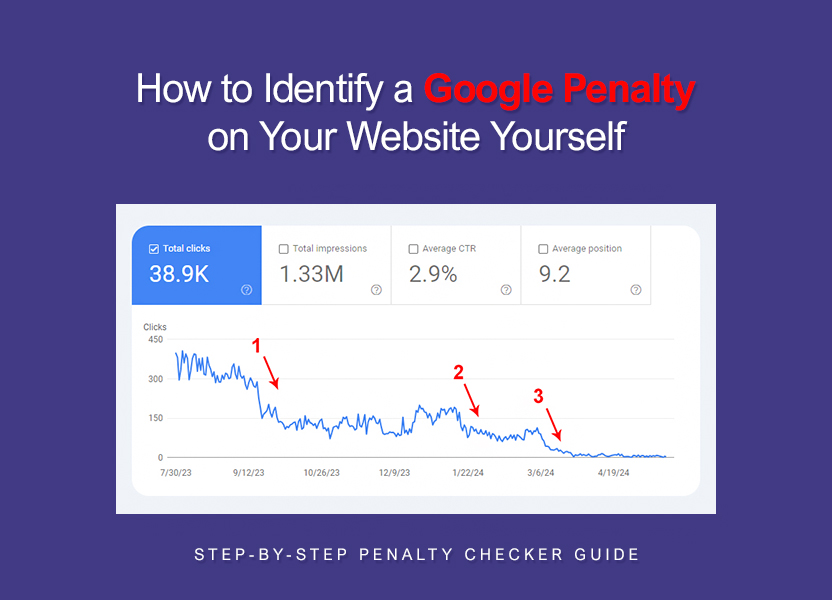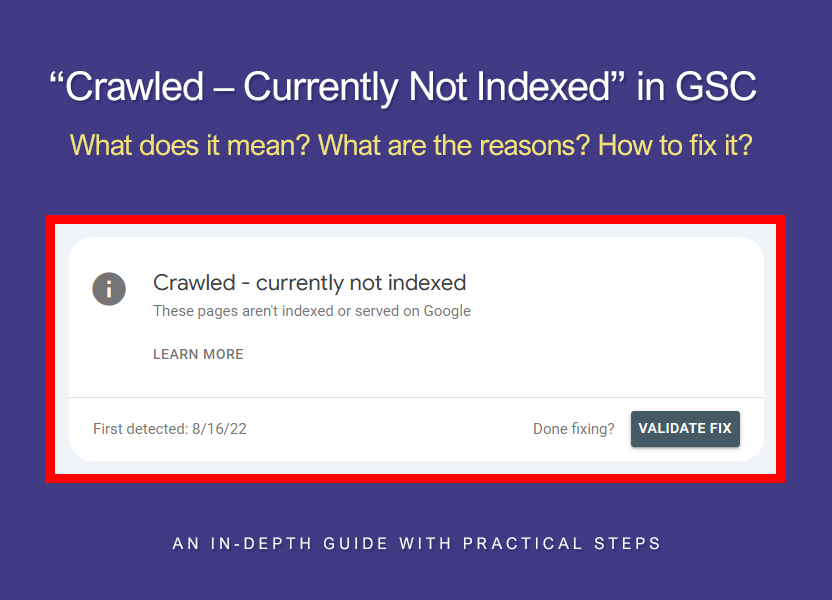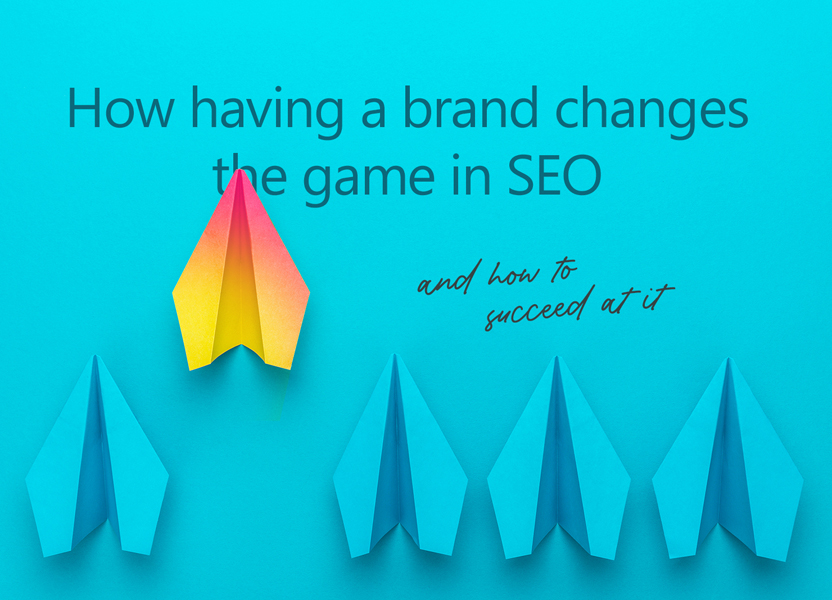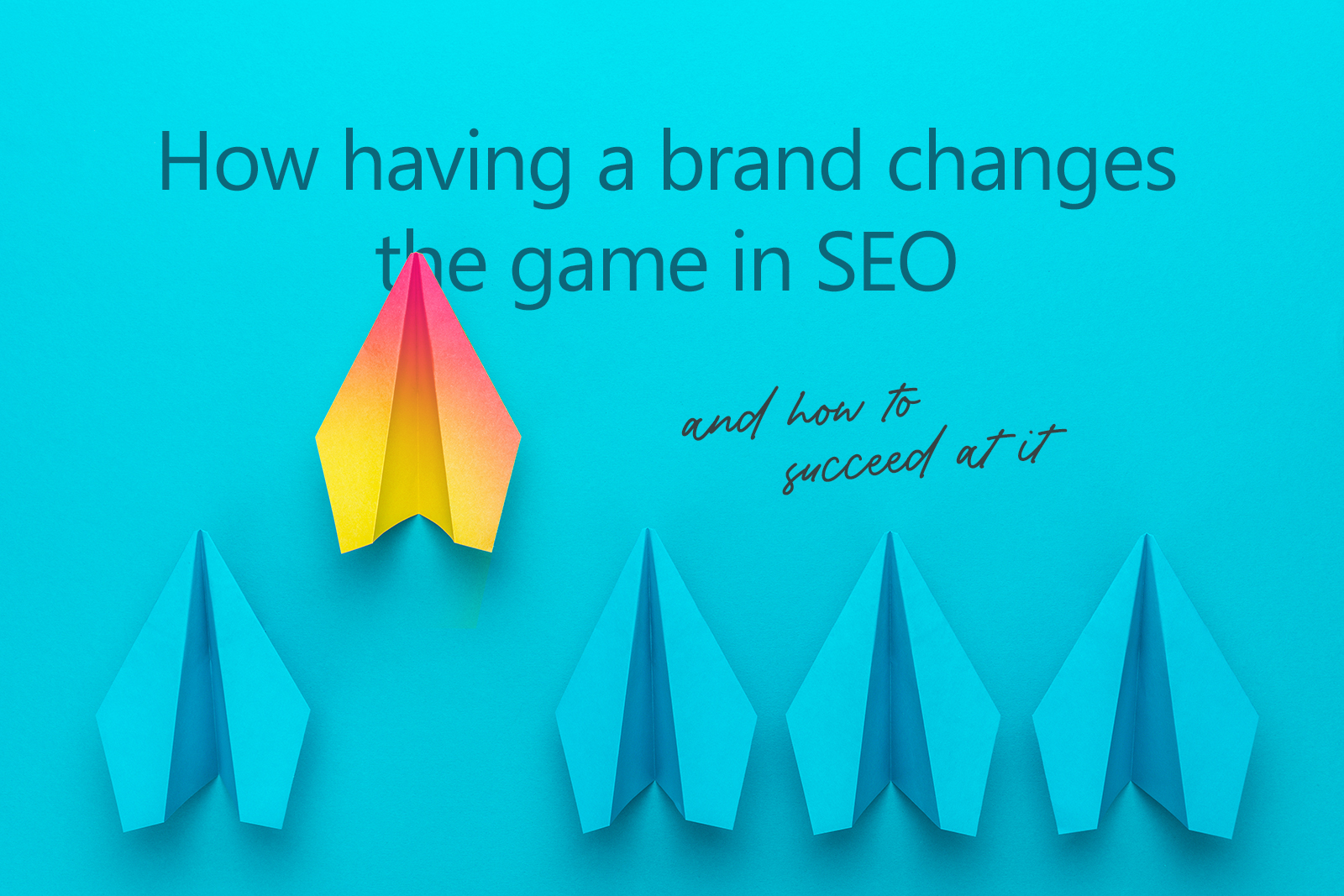
In the late 19th and early 20th centuries, the UK had several well-known publications that were widely read and true leaders among newspapers. Among them were The Times and The Daily Telegraph.
At the same time, there were many lesser-known publications that never reached the same level of popularity or brand recognition. Targeting a less discerning audience, these newspapers mostly focused on rephrasing news that had already appeared in more established publications.
Many of these newspapers were guilty of publishing unreliable news, rumors, or local stories and often struggled to maintain consistent quality and credibility. This lack of reliability prevented them from establishing themselves in the public consciousness as trustworthy sources of information.
By the early 20th century, most of these “no-name” newspapers had to shut down due to financial difficulties, a lack of readership, or their inability to adapt to changing market conditions. Some of these publications were local or specialized, covering specific topics like regional events or niche sectors such as industry, agriculture, or hunting.
But without a broad reach and, most importantly, brand recognition, many simply couldn’t compete with the larger, better-resourced newspapers.
Does this remind you of anything happening now?
What Does History Teach Us?
In early 2023, OpenAI released an updated version of ChatGPT, available to everyone. For just $20 a month, you could generate as much content as you needed.
Never before in human history has content been so cheap. It’s not just abundant; it’s overwhelmingly abundant. The issue is no longer where to get content but how to attract attention to it.
History from the late 19th and early 20th centuries is repeating itself almost exactly. And this process is far from over.
The mass publication of low-quality and generic materials led to thousands of indistinguishable publications losing their readers and being forced to shut down. Some of them were penalized by Google for thin or unoriginal content. Others lost a large portion of their search traffic due to significantly increased competition.
So, even the most advanced AI technologies cannot, by themselves, create genuine value that makes a website stand out among countless similar ones. The problem isn’t so much with AI-generated content but with the sheer availability of content overall, where supply far outstrips demand.
Today’s reader is overwhelmed with material on any and every topic. Absolutely any topic!
This leads to “content fatigue,” where users don’t want to engage, even with genuinely useful and interesting content. It’s a vicious cycle: for a reader to realize content is truly valuable, they have to read at least some of it. But often, they don’t even get that far.
As a result, content – no matter how helpful or unique – simply stops being valued, both by people and search engines like Google.
But this does not apply to content published on authoritative websites – those that are brands and have the trust of their audience.
Is a Brand Protection Against Google Penalties?
At Recovery Forge, working with numerous websites affected by Google penalties, we noticed an interesting pattern: almost all sites that lost traffic due to Google sanctions had little to no branded traffic. This applied not only to content-based websites (blogs, news sites) but also to ecommerce businesses and online services.
These penalized websites may have high-quality content and even trusted backlinks. Yet, they almost never have any significant amount of branded traffic – simply put, no one really knows them.
Of course, you could argue that this is just a coincidence and that branded websites generally put more effort into creating quality content, optimizing technical SEO, building links, managing social media, and so on.
But there’s another notable point.
Once a website affected by an algorithmic penalty fixes the underlying issues, it often takes quite a long time for Google to reassess and lift the penalty. However, the recovery process can be faster if, in addition to addressing the penalty causes, the site increases its branded traffic.
Social media and YouTube traffic can also help, but branded traffic tends to be the most effective. It seems to improve the reliability of the site’s recovery.
This suggests that Google may view a strong brand as a signal of trust and reliability, and likely factors this into its ranking algorithms.
The logic is straightforward – if visitors are searching for a site by its name or company name and then returning to it, that site is likely valuable and trustworthy.
Conversely, if no one is searching for the site, it could signal to search algorithms that the site lacks credibility and trustworthiness as a source.
Of course, this doesn’t mean branded websites are immune to Google penalties. But it does seem to provide some level of resilience against potential penalization.
The Importance of a Brand for SEO
Let’s be honest – having a brand has always played a significant role in successful SEO. The power of a brand helps you stand out from competitors, build trust and authority, which are crucial for both users and search engines.
But why and how exactly does this work?
Building Trust and Authority
Once, during a conversation with a businessman friend, I found out that he only buys watches from a specific watch brand. When I asked why, I expected to hear something about quality, exclusivity, perfect design, or even status.
Instead, he told me he simply doesn’t have the time to research watches, and by choosing the brand “B…g,” he always gets a meticulously crafted timepiece designed by engineers. It didn’t matter if the watch was for sports, fishing, or important meetings – he had chosen a brand he trusted and delegated the responsibility of the decision to them.
Why spend your time and energy choosing from thousands of products when you can rely on a brand you trust and narrow your options to just a handful?
In this way, a brand becomes a symbol of trust that users turn to when choosing products or services. And Google recognizes this trust and incorporates it into its ranking algorithms to make search results more relevant.
Enhancing User Engagement
It’s well-known that people are more likely to click on search results when they recognize the brand name. This boosts CTR, increases page views, the time users spend on the site, and, most importantly, user return rates.
One of the key behavioral traits of branded websites is that users return to them over time. This is a top-ranking signal that indicates to Google that the website has earned user trust.
Boosting Conversion Rates
Improved CTR and brand trust together lead to higher conversion rates.
It’s not surprising – if someone searches using a branded query, like “backlink checker ahrefs”, it shows they’ve already made a decision about the brand.
The conversion rate for such branded queries will always be higher than for a generic query like “backlink checker” or even “backlink checker buy”.
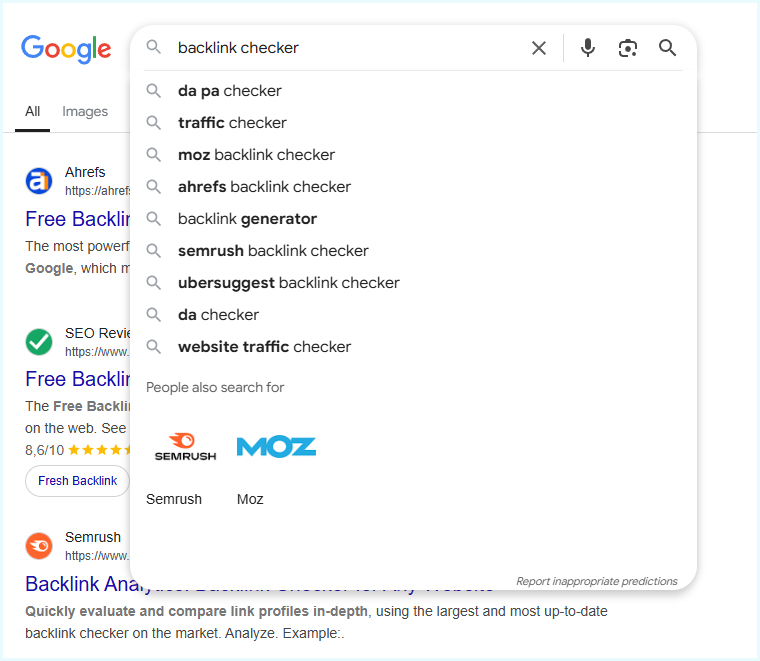
Additionally, branded queries that generate direct traffic signal the brand’s popularity and strength to search engines. These queries help brands rank higher for relevant keywords.
Creating New Backlinks
A passive effect of having a brand is the natural generation of backlinks. People willingly link to branded websites in their blogs, social media, forums, and more.
But there’s a catch – the more recognizable the brand, the more backlinks it attracts. And vice versa.
This is genuine passive link building, working completely on its own. Isn’t that what SEOs have always dreamed of?
Presence in the Knowledge Graph
Recognizable brands have the advantage of appearing in Google’s Knowledge Graph, which allows them to take up more space on the search results page.
This gives users immediate access to key information about the company, including contact details and reviews.
Most importantly, it further boosts the trust and authority of the website, as not every site has the privilege of featuring this.
How Can a Non-Branded Website Compete with Brands in Google’s Search Results?
I’ll be honest with you – it can’t. If you don’t have a brand, competing with well-known websites in Google’s search results is nearly impossible.
Seriously, Google’s search algorithms have evolved dramatically, and let me explain why your regular content just doesn’t cut it anymore.
In the past, SEO was all about optimization: keywords, meta tags, site structure, link dynamics, and so on. Back then, it seemed that anyone who followed these rules could reach the top of the search results. But those days are long gone.
Nowadays, with much of the content on websites being AI-generated, Google’s algorithms have become incredibly sophisticated. They no longer just analyze the text; they evaluate the overall significance and authority of the source. This shift gives brands a massive advantage.
Moreover, sometimes the influence of a brand is so strong that it overshadows any other ranking factors, including the quality of the content itself.
In September 2024, SEO expert Lars Lofgren published an article titled “Forbes Marketplace: The Parasite SEO Company Trying to Devour Its Host”. In it, he raised concerns about the low-quality content on Forbes Advisor. Lofgren detailed how Forbes had partnered with an external company to run their SEO-focused affiliate service, resulting in the creation of Forbes Advisor.
According to him, this company leveraged the brand’s reputation to achieve high rankings in Google search results, despite the questionable quality of some of its content.
This case sparked active debate within the SEO community about the ethics of such practices and how Google should uphold the quality of search results.
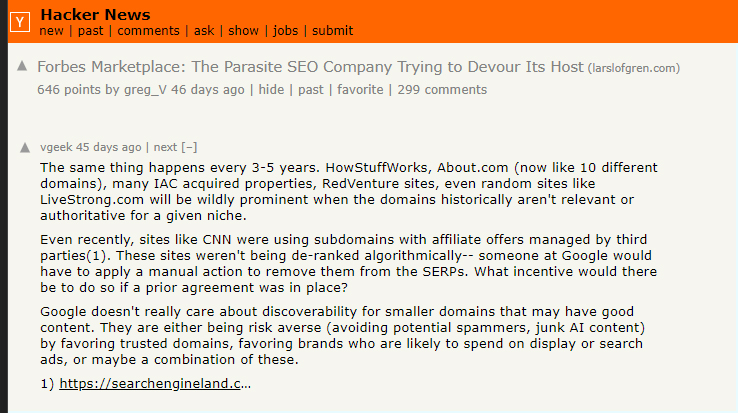
It also highlighted the significant impact of brand influence in SEO – far more substantial than anyone had anticipated before.
Why does this happen?
First of all, we shouldn’t be too harsh on Google – its main goal is to provide users with reliable, authoritative answers. Given the sheer number of websites that can publish any kind of content (including blatantly unreliable), it makes sense that Google prioritizes brands that already have the trust of their audience.
How does Google determine if a site is trustworthy?
Simple: it looks at brand recognition and reputation. Yes, that’s the very factor you might currently be lacking.
You may think I’m exaggerating, but just look at the search results for any high-traffic query: recipes, health tips, web development – well-known names are everywhere. It could be WebMD, BBC, Forbes, Reddit or other popular brand websites. Even
if your content is more helpful or accurate, even if you’ve taken original photos or created custom graphics, Google will often choose brands.
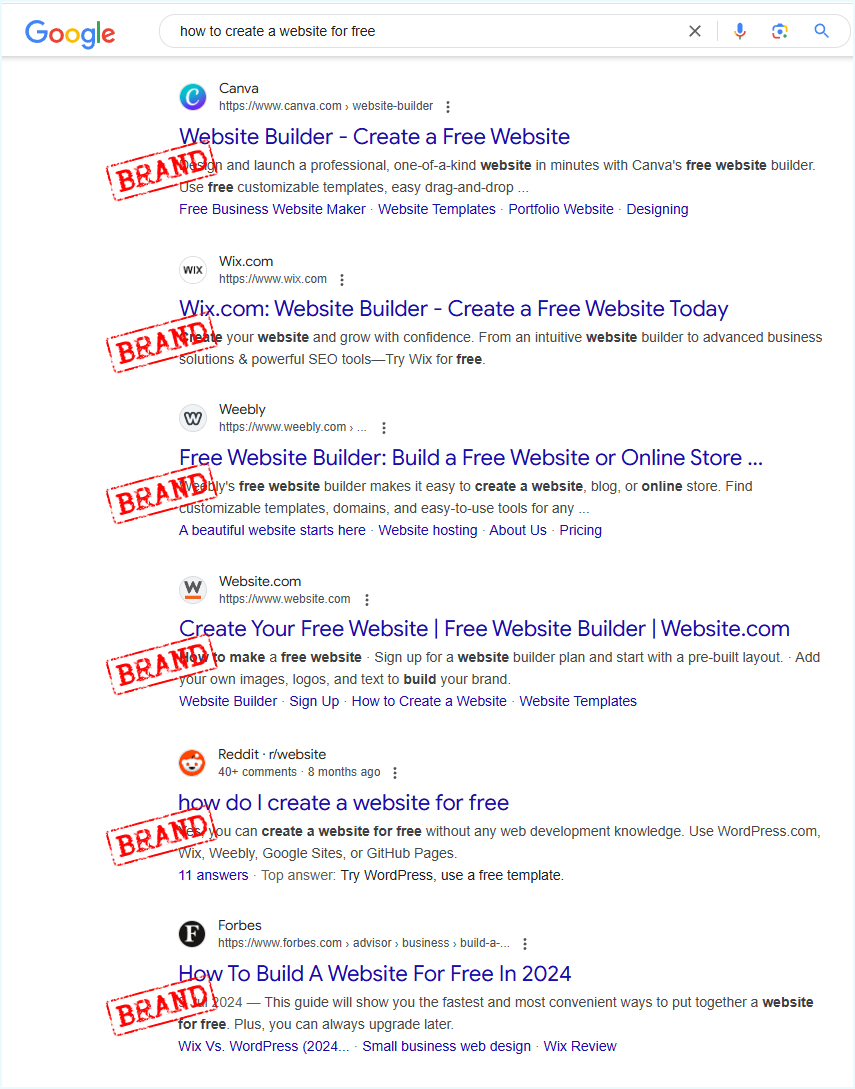
This is true in most niches. Just accept it.
Now, imagine this: modern content is often created using AI. It’s fast, convenient, and automated. But here’s the interesting part – even AI-generated content, when posted on a recognizable site, has a better chance of ranking higher than your possibly more thoughtful and high-quality work. Simply because, to Google, your site is still a “nobody.”
And that brings us to the most crucial takeaway: to compete with brands, your site needs to become a brand. Even if it’s a small one at first, it has to be a brand. People need to start recognizing, remembering, and returning to you. Yes, it takes time and effort, but without that, any SEO tricks will be far less effective.
Create a name that sticks. Make sure your audience trusts you and searches for you specifically. Become the go-to place for advice, recommendations, or purchases. Let your site develop a unique voice and personality. Once people start typing your brand name into the search bar, not just the topic, Google will begin to notice you.
I know, it sounds like a challenge – and it is. But in a world where search engines favor brands, we have no other choice. We all have to play the brand game – or remain in the shadows of those who are already winning it.
How to Start Building Your Brand

I’ll be honest – building a brand isn’t easy.
Actually, turning a “no-name” website into a recognizable brand can be a downright challenging task.
But it’s certainly achievable. Creating a brand is a process that can be broken down into manageable steps, and the key is not to rush and to stay consistent.
Here’s how I’d suggest you begin.
1. Identify What Makes You Unique
This is the first and arguably the most important step. Ask yourself: “What makes my project or product stand out from thousands of others?” In a world where AI can generate content at lightning speed on any topic, it’s crucial not to be “just another one in the crowd.” You need to offer something that no one else does better than you.

Be honest with yourself about where you can succeed and where you have little chance. This is where self-awareness is critical.
Let’s say you run a food blog. How are you different from other food bloggers? Maybe you specialize in traditional family recipes passed down through generations, or you focus on 15-minute meals for busy families (a pretty relevant idea, by the way).
Or perhaps you highlight dishes made with rare ingredients and put your own unique spin on them? Don’t be afraid of a narrow niche – in fact, become an expert in it.
2. Visual Style and Logo
A brand is largely about visual recognition. First impressions are often formed by what people see, so it’s important to create a cohesive visual style for your brand. This includes your logo, color palette, fonts, and even graphic design style.
But remember – it’s not the logo that makes the brand recognizable; it’s the brand that makes the logo memorable. Not the other way around.
A long time ago, before I started working in SEO, I was involved in professional web and logo design. Once, we had a client who wanted a simple yet “as cool as the Mercedes-Benz” logo. He expected visitors to immediately trust his brand just by seeing the logo.
It took a lot of effort to explain a simple but important truth: The Mercedes-Benz three-pointed star didn’t make Mercedes what it is today. People trust and love Mercedes not because of a stylish logo. But over time, that stylish logo became closely associated with the brand’s reliability, luxury, and refined automotive design.
Still, without a sleek logo (which may not be well-known at first), it will be challenging to create a recognizable brand.
3. Develop Your Brand’s “Voice”
Your brand’s voice is how you communicate with your audience, whether it’s through social media posts, website content, or email newsletters. Decide what that voice will be: friendly and welcoming, or maybe humorous and playful? Or perhaps reserved and concise. People should feel that there is a personality behind your words, one with character.
For example, look at Netflix. The brand is known for its lighthearted, humorous tone, which makes it more relatable to users. On the other hand, National Geographic uses a more serious and inspiring tone, emphasizing the importance of their mission.
Now take a look at Mercedes-Benz’s advertising slogans – they’re restrained and concise, often leaving something unsaid, which only enhances the brand’s prestige as one of the world’s oldest car manufacturers.

And one more thing – consistency is crucial – your communication style should be the same across all platforms.
4. Your Brand’s Story
People love stories. A good brand story can win over your audience and create a deep connection. Share how it all began: what inspired you, the challenges you overcame, and why this project is so important to you. This helps people not only understand what you do but also feel like they’re part of your journey.
I remember when I first heard about Airbnb. It was around 2009, and I read about this new, seemingly absurd startup from a monetization standpoint on a tech news website – Airbnb.
At the time, the comments were all over the place. To be honest, there were far fewer positive remarks compared to the mocking or outright negative ones.
The three founders – Brian Chesky, Joe Gebbia, and Nathan Blecharczyk – faced ridicule when they proposed the idea of renting out air mattresses on the floor of their apartment for conference guests. No one believed people would be willing to rent spaces from strangers. But the founders defied the norms of the hospitality industry, emphasizing accessibility and community. Despite massive obstacles and a lack of funding, they kept developing the platform, focusing on user experience and convenience.
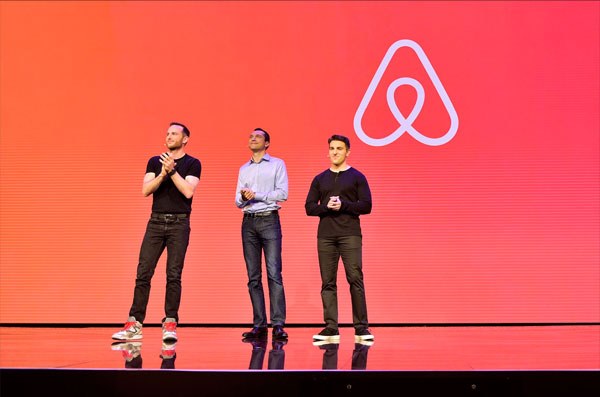
Years later, Airbnb became the largest home rental service, revolutionizing travel and earning billions of dollars, proving that great ideas can come from the most unconventional circumstances.
It’s an inspiring story that has become a core part of the brand’s identity.
It’s what people love. Everywhere.
5. Build a Community and Don’t Fear the Hate
A brand isn’t built in isolation. It’s important to start fostering a community of people who are engaged with your vision. Create valuable content that resonates with your audience, participate in discussions, respond to comments, and share useful information. Don’t just publish articles or videos – actively engage with people.
Try to do more than just promote your product or website. Be a source of inspiration or valuable insights, and your audience will grow organically, turning into loyal supporters.
Don’t fear the hate – it’s bound to come your way. Accept it as part of the process.
Remember, criticism, especially baseless or attention-seeking criticism, is inevitable. The more visibility you gain, the more likely it is that people will express their dissatisfaction for various reasons, sometimes without any real justification.
Take it as part of your path to success. The key is not to let it derail you – stay focused on the value you bring and the people who genuinely appreciate and benefit from what you do.
6. Consistency and Patience
Building a brand requires systematic, meticulous work, time, and immense patience. It’s not a sprint but a long marathon. There will be days when it feels like your efforts are going unnoticed – no one recognizes your logo, events draw fewer people than expected, and your brand name doesn’t spark interest among your audience.
These moments are particularly tough, but it’s crucial to keep moving forward during these times. Here lies one of the most important principles – growth and recognition don’t happen evenly. It’s a process that happens in leaps and bounds.
One day, a well-known media outlet might write about you, someone may invite you to speak at a webinar about your product, or you might get the chance to participate in a major partnership project. Each of these moments will be a small but significant victory that propels your brand forward.
And here’s what you should remember – these breakthroughs only happen to those who are prepared and ready for sudden success. As the famous saying from a well-known movie goes: Amat Victoria Curam – “Victory loves preparation.”
So, even if it feels like no one is noticing you, keep working consistently and persistently, because all your efforts will eventually pay off.
Ivan Bogovik is the founder of RecoveryForge, an SEO agency focused on penalty recovery. With over 16 years in the SEO field, Ivan has extensive experience helping websites recover from Google penalties like Penguin, Panda, and other algorithmic updates. Since 2014, he has successfully guided many websites back to health and regularly shares his insights at SEO events and webinars.
Ready to get rid of your penalty?
Let us know about your issue and we will do everything we can to help your website recover its traffic. Fill out the form at the top of our website and send your inquiry. Our specialists will then get in touch with you.
Do you have any questions?
Not sure what to do?
Don’t worry, just tell us your situation. Ask your questions, and we will provide you with comprehensive answers.

